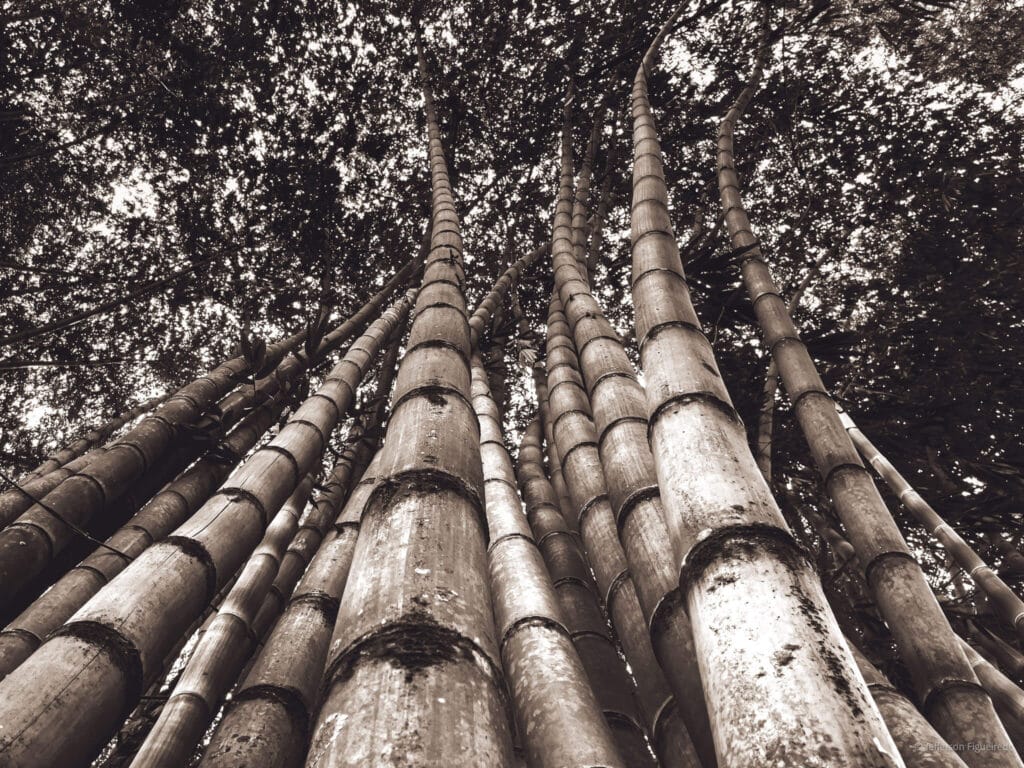Scientists have discovered a way to use bamboo safely without damaging the material, using wooden connectors to bind the material together.
The new study, published in the Construction and Building Materials journal, opens doors for its application in various construction systems.
As reported by Wood Central in April, global investment in bamboo is booming, with forest giants Sarawak and Plantations International widening their mix to include bamboo production.
With the global demand for timber expected to quadruple over the next 30 years, bamboo has been identified as a regional solution in countries lacking forest resources.
More than 80% of the world’s bamboo species are found in Asia – in regions not conducive to softwood plantations – with China looking to integrate locally produced bamboo into cross-laminated bamboo and timber (CLBT) engineered panels.

According to Bristol University’s Dominika Malkowska, who led the study, “bamboo can help fight climate change by sequestering carbon from the atmosphere.”
“Wood also does this but takes 30 years to mature for harvesting while bamboo only takes four to five years, so we can sequester carbon much faster if we use bamboo rather than timber.”
She points to plantation trials in southern Europe, which are determining if the species can be grown in European climates.
If these trials are successful, Ms Malkowska said, bamboo could be used as a construction material for houses across the European continent.
The research involved tests on more than 200 connectors, with researchers considering screw material, count, spacing, diameter, bamboo wall thickness, and steel plate thickness.

According to Ms Malkowska, the most significant finding “is that well-designed screw connections – similar in design to traditional wooden connectors – do not cause bamboo to split.”
“It also has several benefits over the conventionally used bolted connection with cement mortar infill to the inside of the bamboo pole, such as potential reduction in carbon footprint, easy disassembly on site and superior stiffness and ductility, to name a few.”
“Bamboo, in general, is susceptible to cracking due to its material characteristics, such as fibres running in one direction only, unlike in wood where fibres tend to grow in a spiral around the tree trunk, so the screws may not seem appropriate as there is no spiral fibre to stop the fracture from happening. But this study proved otherwise.”
This method is ready for immediate use in straightforward, lightly loaded connections.
“It may also be used for complex applications by increasing the number of screws,” according to Ms Malkowska.
So far, only a few screws have been tested, resulting in lower load capacity, with more research needed to determine if the method can handle heavier loads.
Future research will determine if more screws can match the capacity of typical bolted connections.
“Bamboo connections do not need to be complex. Knowledge of timber has its use in bamboo,” concluded Malkowska.

It comes as Plantations International is developing commercial bamboo plantations in various parts of the world, including Indonesia, Colombia, Kenya, and Brazil.
One of the biggest challenges has been establishing the best and most secure regions to develop and operate large-scale crops.
In Malaysia, Sarawak is establishing a 10,000-hectare plantation for commercial bamboo, with Premier Johari stating that bamboo will complement the region’s extensive forest-based assets.
According to Premier Johari, Sarawak is fortunate to have an ecosystem that enables bamboo to thrive.
“If we plant a lot of them, they will multiply quickly, and they can be used as raw material for us to manufacture or create downstream products,” he said.






